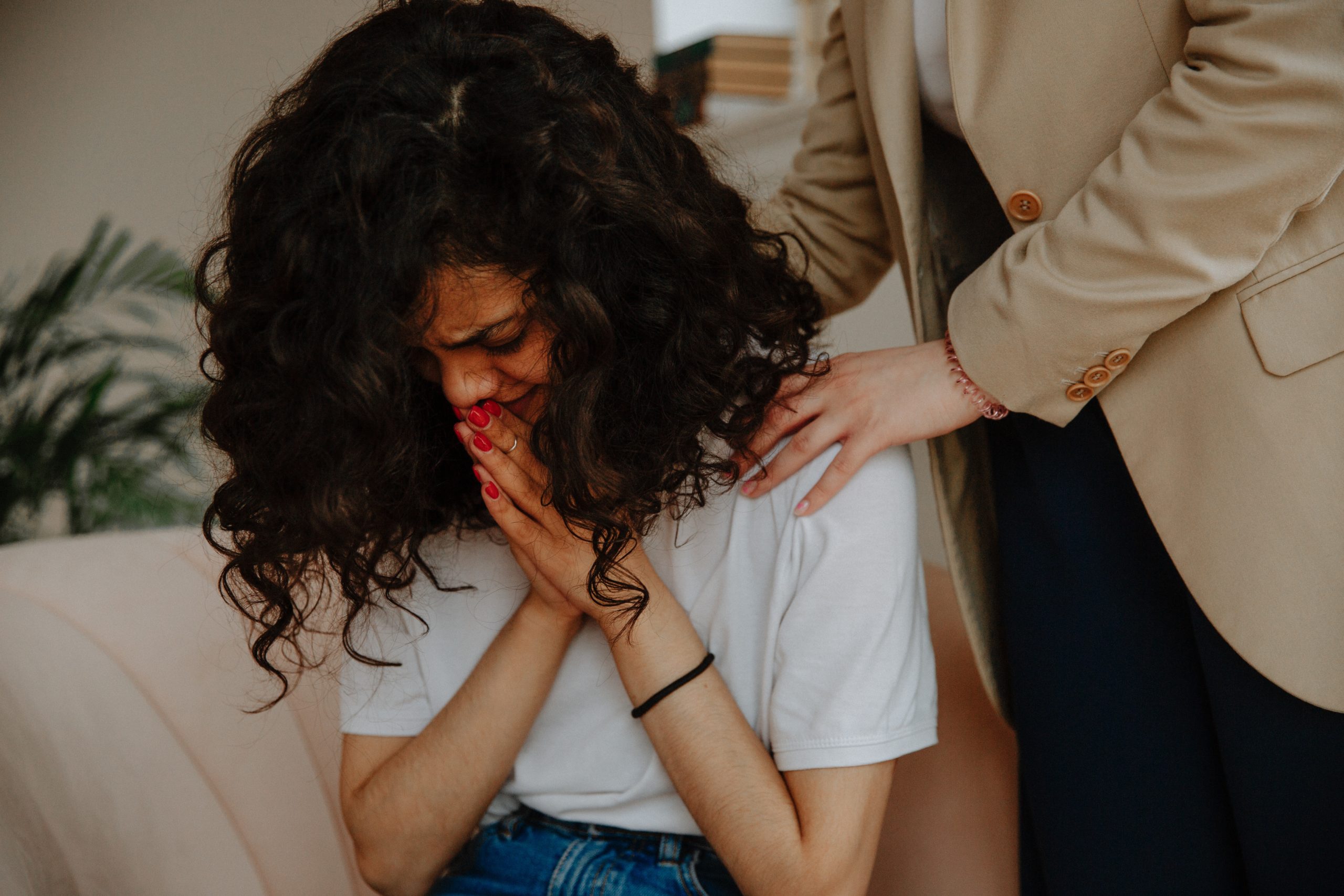Photo by Polina Zimmerman from Pexels
By Kate Willink, Vice Provost of Faculty Affairs
Before you know kindness as the deepest thing inside,
you must know sorrow as the other deepest thing.
You must wake up with sorrow.
You must speak to it till your voice
catches the thread of all sorrows
and you see the size of the cloth.
-Naomi Nye, from the poem Kindness
Lately I have been thinking a lot about grief. Grief ranging from what scholar Pauline Boss calls “ambiguous loss”—all the little and not so little losses and attendant grief that are common during the pandemic—to grief over continued hate crimes and mass shootings and their individual and collective impacts. In the book The Wild Edge of Sorrow: Rituals of Renewal and the Sacred Work of Grief, Frances Weller writes, “Today, however, the sources of loss are multiple and the complexity of addressing this tangled web of grief can, at times, feel overwhelming. These losses tumble in our lives continually. We sense the presence of loss from places both personal and communal, intimate and shared.” It all feels like too much to bear sometimes. And as faculty we are often quick to think about how we can support our students and prepare to teach the day after [fill-in-the-blank]. But a year into COVID-19, social isolation, and all that continues to be not “normal,” we pause and allow ourselves to attend to “the growing weight of unattended sorrow,” loss, and grief.
As we begin the journey, we can remind ourselves that grief and love are kindred spirits: “Grief and love are sisters, woven together from the beginning. The kinship reminds us that there is no love that does not contain loss and no loss that is not a reminder of the love we carry for what we once held close.” And that there are reasons to affirm connection, love, and hope amidst waves of, at times, overwhelming grief and sorrow.
Weller argues that we all need to make space to digest grief through deliberate interior work and communal sharing, including such practices as ritual, reflection, and communal witnessing. And according to Weller, often instead of metabolizing grief we avoid feeling it–through forgetting and numbing, amnesia and anesthesia. Weller argues that we must cultivate the art of living well, which includes “metabolizing suffering into something beautiful and ultimately sacred.” How might we create space to metabolize the myriad griefs that many of us are experiencing, not simply as educators preparing for another class, but as holistic people and members of the DU community? How might we consider what this means for all of us: as colleagues in our everyday work, as parents, as those who have been alone in our homes for too long, and as members of an academic community?
Below you will find two meditations on grief–the first set in a two-part series. We share these meditations, written in our own voices as your sister-scholars and colleagues. We ourselves need to digest grief. And we recognize that these griefs are neither synonymous nor separate. They are interdynamic and interdependent. We bear them and bear witness to them in hopes that they invite all of us to pause and begin to reflect and metabolize some of the grief that has accumulated over the last year—for ourselves, each other, and our communities. If you want to join us in this journey, get comfortable in your chair, grab a cup of coffee or tea, and maybe a box of kleenex.
Grief 2: I Couldn’t Care More by Dr. Valentina Iturbe-LaGrave and Dr. Travis Heath


